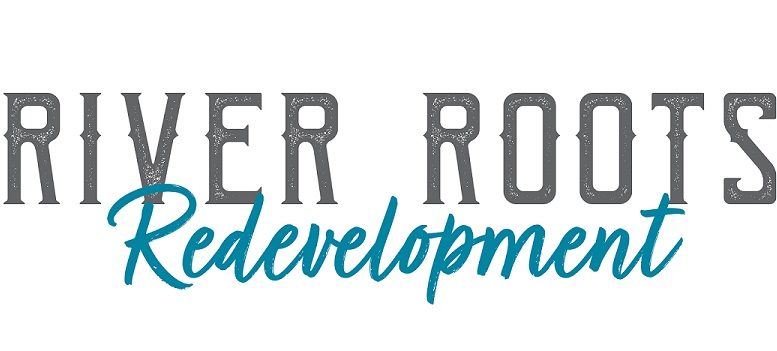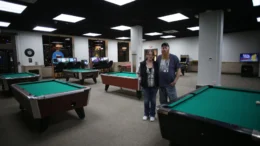Imagine watching a house being built—not with hammer and nails, but by a machine that “prints” it, layer by layer, just like your home printer creates an image on a page. It may sound futuristic, but 3D printing is becoming a reality in construction, with a skilled team of professionals working behind the scenes to program, run, and maintain these impressive machines. Far from replacing workers, this technology is opening new opportunities and revolutionizing the way we build homes.
What is 3D Printing in Construction?
3D printing of homes works similarly to how a 3D printer creates small objects but on a much larger scale. Instead of plastic or metal, construction 3D printers use materials like concrete, a special mix designed to be extruded through a nozzle. The printer moves along a programmed path, creating layers of this material to form the walls and structure of a house, one layer at a time. The design is input into a computer, and the machine does the heavy lifting, but a skilled team ensures everything runs smoothly.
How Does This Benefit You?
Why should you care about 3D-printed houses? The answer lies in three big advantages: affordability, sustainability, and speed.
First, let’s talk about cost. The traditional home-building process requires a lot of labor, time, and materials. By automating much of that process, 3D printing can reduce the cost of labor and materials. This is especially important for communities where affordable housing is needed, allowing more people to own their homes without breaking the bank.
Second, there’s the environmental impact. Traditional construction creates a lot of waste—think about all the scraps of wood, metal, and insulation left over from a build. With 3D printing, waste is minimized because materials are used more efficiently. Plus, many 3D-printed homes are designed with sustainability in mind, using eco-friendly materials and incorporating energy-efficient designs. Some even integrate solar panels or other green technologies right from the start, saving money on energy bills.
Finally, there’s the speed. A typical home can take months to build, but with 3D printing, the process can be completed in just a few days or weeks. Imagine a future where entire communities could spring up in a fraction of the time it takes today!
Will These Homes Last?
When you hear about 3D-printed homes, you might wonder if they are as sturdy and long-lasting as traditionally built houses. The answer is yes. In fact, the materials used in 3D printing are often more resilient to weather, fire, and other environmental factors. Concrete, for example, is naturally durable and can stand up to harsh conditions. Engineers and architects ensure that the homes meet safety standards, just like any other building.
A Glimpse into the Future
So, what does this mean for the future? 3D printing technology is still evolving, but it’s already being used in several projects around the world, from small single-family homes to larger community developments. Some organizations are even looking into 3D printing homes in areas affected by natural disasters, providing quick, affordable housing solutions to those in need.
It’s clear that 3D printing has the potential to change the way we think about housing. Affordable, sustainable, and fast, this technology is helping to address housing shortages and bring new opportunities to communities everywhere. While we’re not quite at the point where everyone will live in a 3D-printed house, the future is looking bright—and you may see one pop up in your neighborhood sooner than you think!
Want to continue the conversation? Join us at a coffee shop near you or come out to Bright Futures Fall Fest on Saturday, September 28th in Sandycreek Township. Keep an eye on our Facebook page @RiverRootsRedevelopment for more information and the Community Coffee Chats schedule. You can also reach out via email to rachel@riverrootsredevelopment.org.
——————-
Rachel Brosnahan is the Community Engagement Coordinator for River Roots Redevelopment. She can be reached by email at rachel@riverrootsredevelopment.org.































